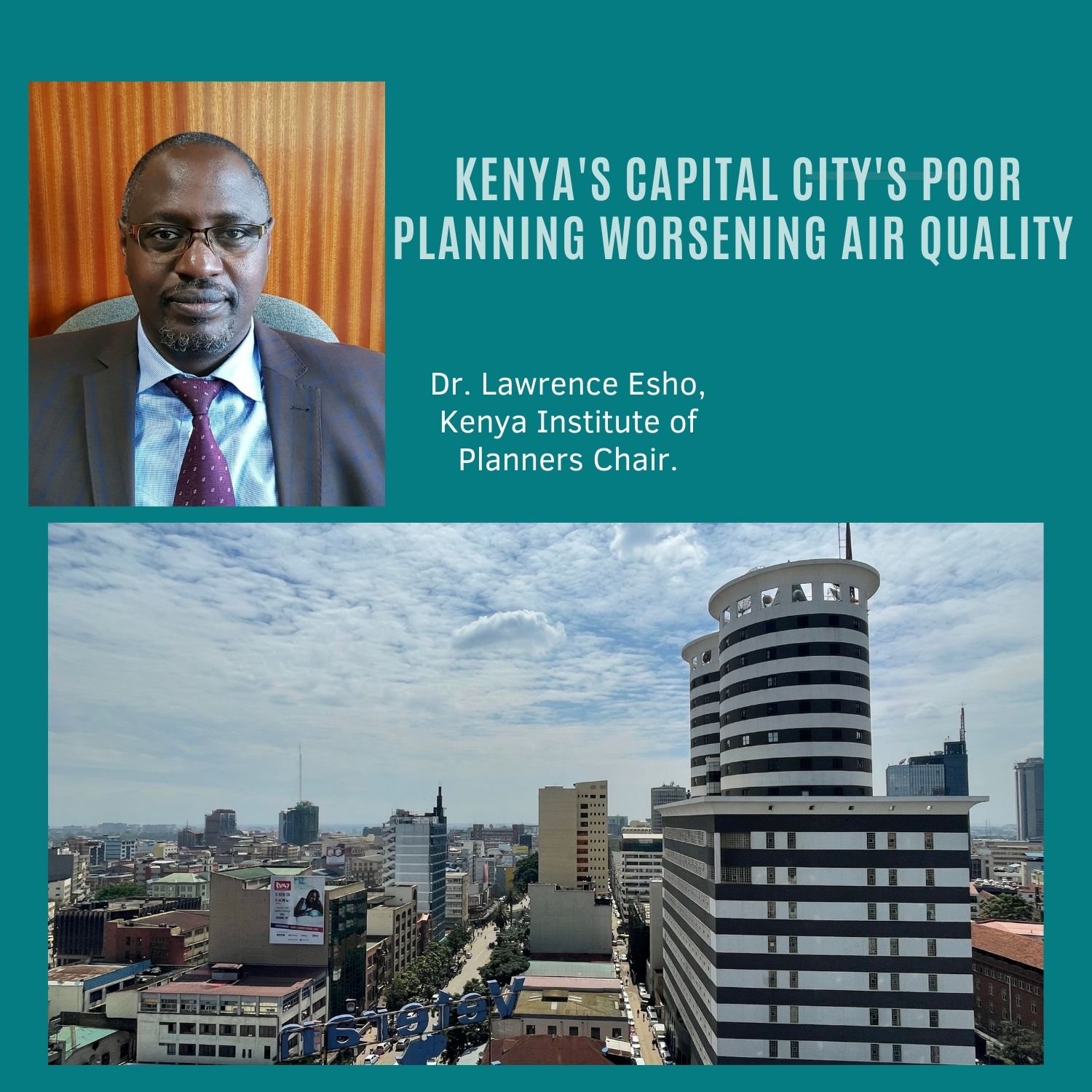
Urban development in Kenya’s Capital city, Nairobi, started when Nairobi was established as a railway headquarters in the late 19th Century. Despite numerous attempts at planning, Nairobi has operated for decades without a plan. Until 2014 when the Nairobi Integrated Urban Development Master Plan (NIUPLAN) expected to guide the city until 2030 was drawn.
NIUPLAN comes after the 1973 Metropolitan Growth Strategy, which legally expired in 2003. Lack of finance, lack of commitments, and political will saw most of the 1973 strategy recommendations go unimplemented. Currently, most infrastructure developments being implemented were proposed by the 1973 strategy.
Over the years, unplanned development has come up in areas originally zoned for agriculture, or low population density straining the current drainage system while encroaching on the green spaces that originally gave Nairobi its legacy of a green city in the sun.
In today’s episode, Dr. Lawrence Esho, a professor of spatial planning at the Technical university of Kenya and a practicing urban regional planner says lack of proper planning exacerbated Nairobi’s sewer system challenges solid waste collection, and has seen industrial waste dumped in rivers over the years. Additionally, flooding due to surface runoff has become a norm in Nairobi. How far has Nairobi’s urban development come? With decentralization, has the counties learned from previous planning mistakes?
